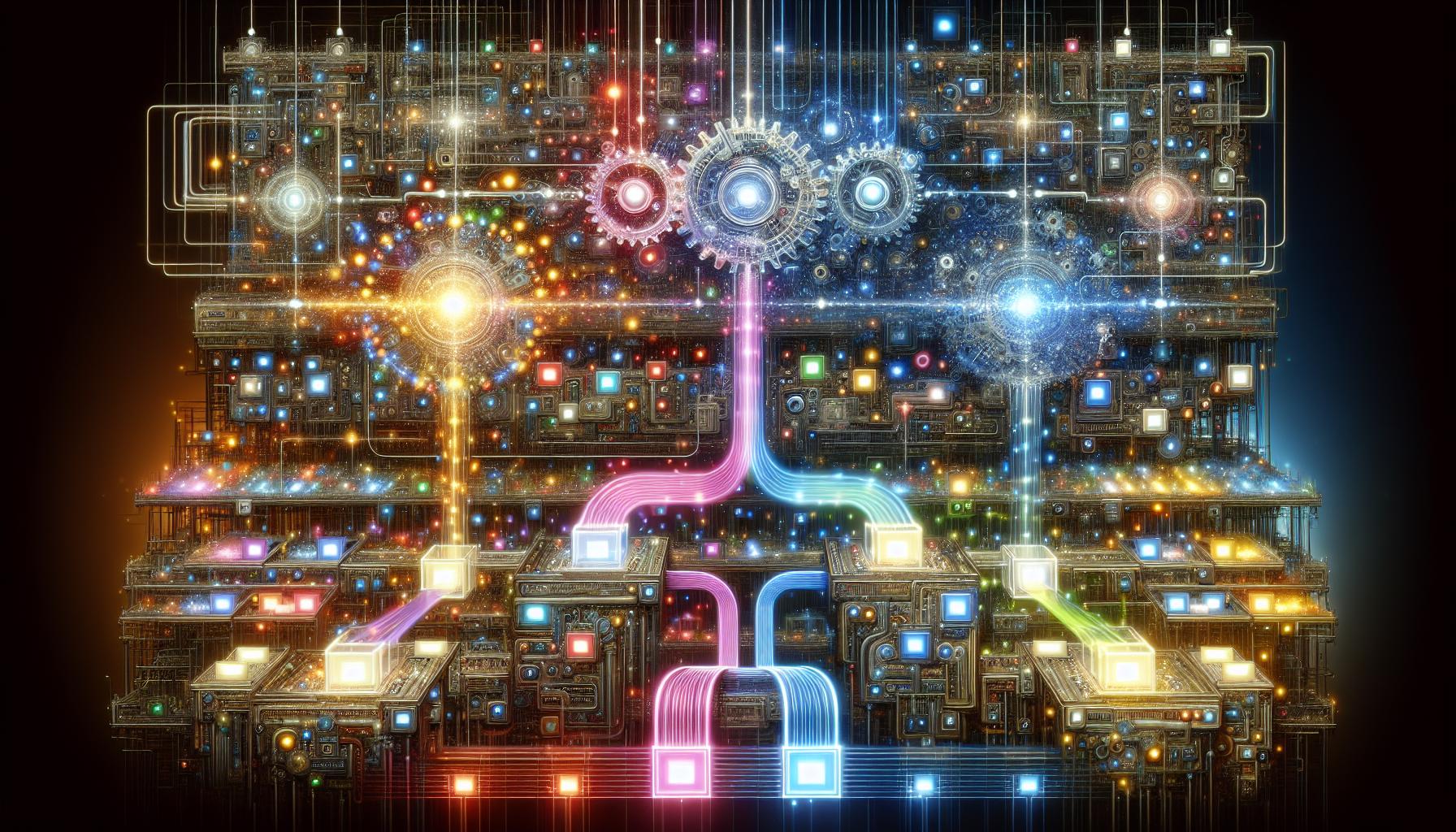Revolutionizing Application Development with AI: The Impact of LLM and Framework Choices

Introduction
The landscape of application development is undergoing a significant transformation driven by advancements in A.I. technologies, particularly Large Language Models (LLM). This evolution is not just reshaping how applications are designed and built but is also redefining the strategic frameworks businesses adopt to integrate these technologies. In this discussion, we delve into the impact of LLMs on application development and compare two distinct frameworks—RAIA and LangChain—to determine their suitability for different business needs.
The Transformative Impact of LLMs on Application Development
Large Language Models have fundamentally shifted the paradigm in application development. Traditionally, the focus was primarily on technical implementation within rigid frameworks. However, the emergence of LLMs enforces a shift towards a business-centric approach, where the understanding and integration of A.I. capabilities become pivotal. This shift encourages developers to prioritize business use cases, and agility at the application layer, over the intricate specifics of the underlying frameworks.
Understanding RAIA and LangChain
RAIA, a zero-code platform, simplifies the deployment of A.I. agents by removing the coding barrier, making it exceptionally user-friendly for business professionals who may lack programming expertise. In contrast, LangChain, an open-source framework, although offering greater flexibility and control, demands a comprehensive understanding of coding and integration, posing a steeper learning curve.
Technical Comparison: Ease of Use and Integration
The contrasting philosophies of RAIA and LangChain highlight differing demands on the user. RAIA's approach eliminates complex coding processes, promoting a focus on strategic business applications rather than on the granularities of coding. LangChain, while versatile, requires significant coding knowledge, which can slow down the development process for those not well-versed in technological intricacies.
Adapting to Rapid Advancements in LLMs
The rapid pace of innovation in LLMs, with updates potentially every 90 days, presents challenges and opportunities. RAIA's model of abstracting complexity at the business layer allows for quicker adaptation to these changes, whereas LangChain might require frequent and extensive updates to its coding framework to keep pace with evolving A.I. models.
Strategic Investment Considerations
Selecting between RAIA and LangChain involves strategic considerations regarding investment in technology. Businesses must weigh the ease of use and rapid deployment against the desire for control and customization offered by more complex frameworks. The decision should align with the organization's capability to manage and integrate these technologies effectively without being overwhelmed by the pace of innovation.
Conclusion
The ongoing advancements in A.I. are undeniably shifting application development toward frameworks that prioritize business agility and use-case alignment. By understanding the capabilities and demands of platforms like RAIA and LangChain, businesses can better navigate these waters, choosing solutions that not only address their immediate needs but also set the foundation for sustainable and adaptive future growth.

